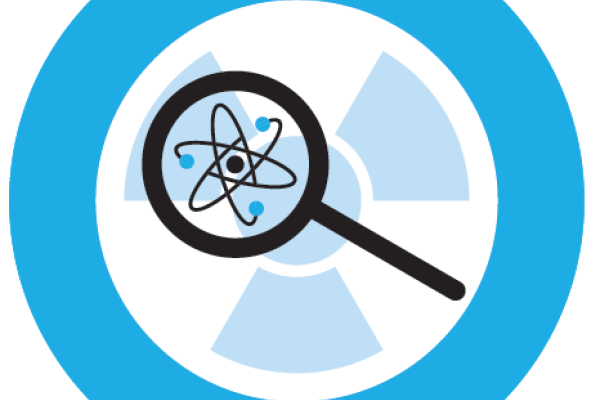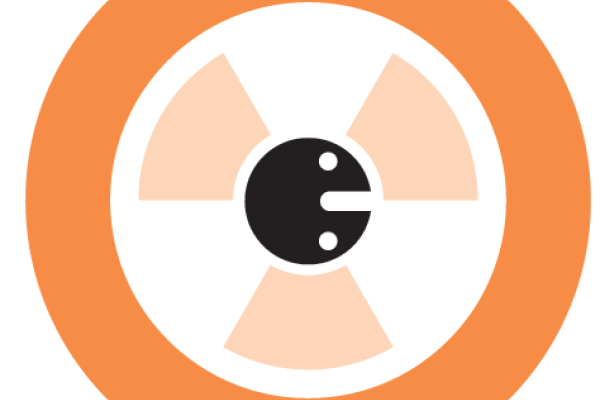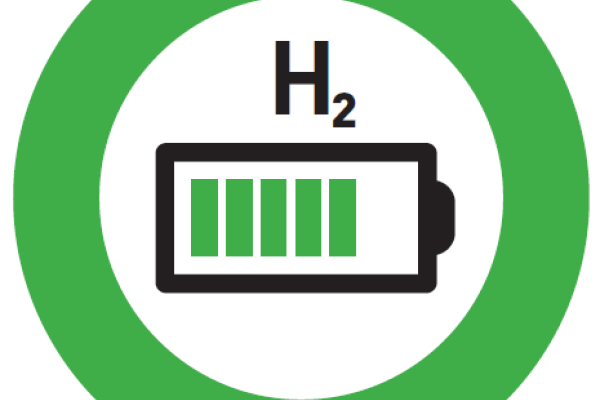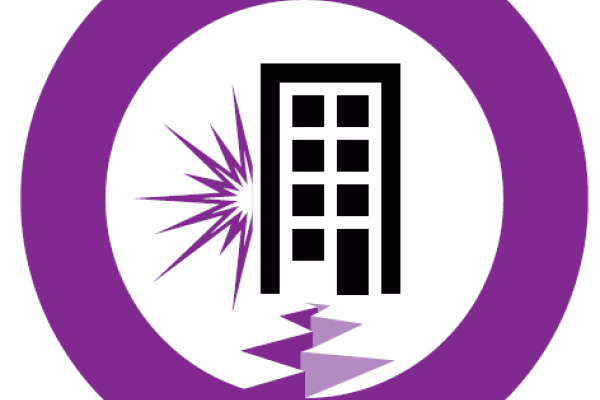The European Commission’s Joint Research Centre (JRC) opens its scientific laboratories and facilities to people working in academia and research organisations, industry, small and medium enterprises (SMEs), and more in general to the public and private sector.
The JRC offers access to its non-nuclear facilities to researchers and scientists from EU Member States and countries associated to the EU Research Programme Horizon Europe. For nuclear facilities, the JRC opens to EU Member States and to countries associated to the Euratom Research Programme. International organisations are also eligible under specific conditions as detailed in the call for proposals.
About Open access project Framework for access
Offering access to visiting researchers is part of JRC's strategy to:
- enhance dissemination of scientific knowledge;
- boost competiveness;
- bridge the gap between research and industry;
- provide training and capacity building.
Scientists will have the opportunity to work in the following fields:
- nuclear safety and security (Euratom Laboratories);
- chemistry;
- biosciences/life sciences;
- physical sciences;
- ICT.
The results will also feed into JRC's mission to support EU policymaking.
Stay informed of future calls through our JRC Newsletter: Subscribe
The JRC is opening access to the following groups of Research Infrastructures:
Nuclear Laboratories

Only a few facilities are available worldwide where actinide materials can be safely investigated. Among these, a prominent position is occupied by the Actinide User Laboratory (ActUsLab) operated by the JRC in Karlsruhe.

The Environmental & Mechanical Materials Assessment (EMMA) facilities in Petten, the Netherlands, support the development of European and International codes & standards for components and materials used in current and next-generation nuclear reactors.

The JRC offers open access to four nuclear laboratories, which allow studies of neutron-induced reactions, irradiations in well-characterised neutron and gamma fields and accurate measurements of radioactivity for science and technology applications.
Non-Nuclear Laboratories

Energy storage has been part of the energy system for decades, but with the emergence of new storage technologies and the need to integrate more renewable energy sources into the power system, the sector is faced with new challenges and opportunities.

The European Laboratory for Structural Assessment (ELSA) offers two facilities as part of the programme for open access to JRC research infrastructures: the world’s largest Hopkinson bar facility and Europe’s largest Reaction Wall.

The JRC nanobiotechnology laboratory has state-of-the-art facilities for interdisciplinary studies, with a special emphasis on the characterisation of nanomaterials, nanomedicines, advanced materials, and micro(nano)plastics.

The European Union Reference Laboratory for alternatives to animal testing runs experimental facilities that are engaged in the development, validation and standardisation of in vitro methods.
Relevance-driven access
The relevance-driven access is exclusively dependent on scientific and socio-economic relevance at European level. It is based on a peer-review selection process following a call for proposals. Projects accessing JRC facilities under the relevance-driven mode are only charged the additional costs associated to such access.
Access will be mainly granted to universities and research institutions, as well as to SMEs, possibly in association with industry and private organisations, in areas relevant to JRC’s strategic priorities and of importance for European standardisation, integration and cohesion, sustainable growth and competitiveness.
Following a call for proposals, an application is evaluated by a peer-review selection process. A panel of experts (User Selection Committee) evaluates the excellence, originality and technical feasibility of an application.
The relevance-driven access entails costs. Projects accessing the JRC will be charged the additional costs associated (i.e. the variable costs related to access) to a given research infrastructure.
Payment may be settled by a monetary payment or in the form of economically valuable in-kind contributions (e.g. consumables such as mock-ups, instrumentation, testing rigs, or the provision of human resources).
The JRC may wave the additional costs of access in specific circumstances as announced in the calls for proposals.
The JRC facilitates access to nuclear and non-nuclear research infrastructures in the relevance-driven mode.
Waiving access costs of User Access Projects
For Access to non-nuclear Research Infrastructures, payment of the additional costs may be waived for User Access Projects where the Lead User Institution and 2/3 or more of the User Institutions (including the Lead User Institution) are located in a country eligible for Widening actions under the Horizon Europe Specific Objective "Spreading Excellence and Widening Participation". In case of only one or two User Institutions (including the Lead User Institutions), this requirement is only applied to the Lead User Institution.
Support to travel and subsistence of Users
The JRC may provide a financial or in-kind contribution to support Users to cover their costs of travel and subsistence related to the User Stay Days, subject to the availability of funds, personnel and other resources, as specified in the call for proposals:
- Eligible Users as part of an action on open access to JRC Research Infrastructures under the Horizon Europe or Euratom programmes covering the travel and subsistence of users for projects involving access to JRC Research.
- For JRC non-nuclear Research Infrastructures: eligible Users from User Institutions located in a country eligible for the Widening participation and spreading excellence action under the Horizon Europe programme.
- For JRC nuclear Research Infrastructures: eligible Users from User Institutions located in a EU Member State, or a country associated to the Euratom research programme, provided that the country is eligible for the Widening participation and spreading excellence action under the Horizon Europe programme.
Open relevance-driven calls
- Call status: Open
- Reference
- 2025-1-RD-EURL-ECVAM
- Opening date
- Deadline model
- Single-stage
- Deadline date
- 31 March 2025
- Call mode
- Relevance driven
- Call status: Open
- Reference
- 2025-1-RD-ELSA-HOPLAB
- Opening date
- Deadline model
- Single-stage
- Deadline date
- 31 May 2025
- Call mode
- Relevance driven
- Call status: Open
- Reference
- 2025-1-RD-ELSA-ReactionWall
- Opening date
- Deadline model
- Single-stage
- Deadline date
- 31 August 2025
- Call mode
- Relevance driven
Accessing JRC Research Infrastructures through other programmes
JRC research infrastructures collaborate with several research organisations in Europe, by participating in European projects funded by the European Commission’s Framework Programmes for Research and Innovation, or in association to the European Strategy for Research Infrastructure (ESFRI) roadmaps or with European Research Infrastructures Consortia (ERIC), with the aim of networking and providing cross-border transnational access to European research infrastructures.
ActUsLab, EMMA and EUFRAT
OFFERR
The European User Facility Network is a project supporting the SNETP Association in setting up a system for R&D experts to facilitate access to key nuclear research infrastructures all over Europe. Its primary function is to serve as a conduit for financial support from the Euratom programme. This support is allocated by paying and granting access to user institutions that offer services to selected projects through OFFERR calls. Additionally, the project offers assistance to successful research teams who have applied through the calls and will engage in collaboration with the research institution.
Nanobiotechnology Laboratory
CERIC-ERIC
The Central European Research Consortium (CERIC-ERIC) is a European Research Infrastructure Consortium (ERIC) integrating and providing open access to some of the most advanced analytical facilities in Europe to help science and industry advance in all fields of materials, biomaterials and nanotechnology, with a focus on energy materials and life sciences.
- JRC Nanobiotech offer at CERIC-ERIC
- Check for open calls at CERIC-ERIC
- 22nd CERIC-ERIC Calls for Proposals now OPEN
NFFA-Europe
NFFA-Europe is a platform carrying out cutting edge research at the frontier of the nanosciences. It provides free of charge access for academia and industry thanks to Horizon 2020 to a wide range of tools for research at the nanoscale, with a glance into the micro-world.
Market-driven access
Market-driven access is granted upon payment of a fee covering the full access costs of the JRC, and it is mainly targeted to industry.
Market Driven calls
The central feature of the European Laboratory for Structural Assessment (ELSA) is the Reaction Wall. It consists of a reinforced concrete vertical...
- Call mode
- Market driven
The Hopkinson Bar facility (HopLab) is used for the study of materials and of structural components to very fast dynamic loads, such as those due to...
- Call mode
- Market driven
BESTEST offers temperature chambers for cell cycling utilising battery testers (including impedance spectroscopy). Further micro X-ray computed...
- Call mode
- Market driven
The European Commission's High Pressure Gas Tank Testing Facility (GasTeF) is one of the few facilities in Europe conducting research on on-board...
- Call mode
- Market driven
The Fuel Cell and Electrolyser Testing facility in Petten, the Netherlands was established to support developments in Regulation, Codes and Standards...
- Call mode
- Market driven

